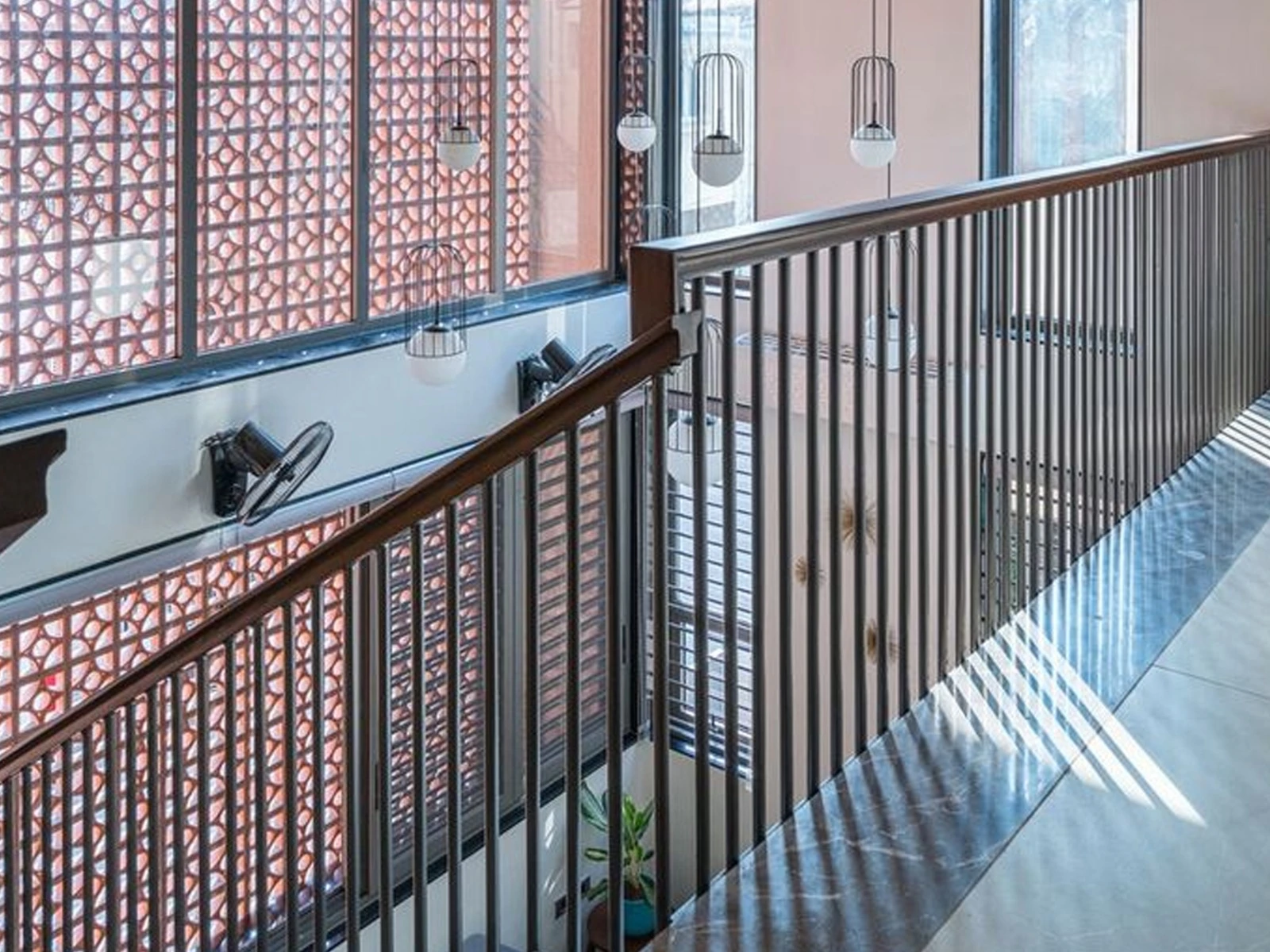Incorporating traditional design elements into modern homes has become a growing trend in Pakistan, and brick and terracotta jalis are at the forefront of this movement. These intricate lattice structures, made from fired clay or brick, offer both functional and aesthetic benefits, making them a versatile choice for residential architecture.
What Are Brick and Terracotta Jalis?
Jalis are perforated screens that date back centuries, rooted in South Asian and Islamic architectural traditions. Historically crafted from stone, modern interpretations often use terracotta or bricks due to their durability, affordability, and natural beauty. The designs range from simple geometric patterns to complex floral or arabesque motifs, adding an artistic touch to any space.
Benefits of Using Brick and Terracotta Jalis
- Ventilation:
One of the primary uses of jalis is to facilitate natural ventilation. The perforations allow air to flow freely, creating a cooling effect in the interiors—an essential feature for homes in Pakistan’s warm climate. - Light Diffusion:
Jalis filter sunlight, creating a play of light and shadow that adds depth and character to spaces while reducing glare. This is particularly useful in areas with harsh sunlight. - Privacy:
The intricate patterns provide privacy without completely blocking the view or airflow, making them ideal for courtyards, windows, or boundary walls. - Aesthetic Appeal:
The earthy tones of terracotta and brick add warmth and texture to interiors and exteriors. These materials seamlessly blend with both traditional and contemporary architectural styles. - Eco-Friendliness:
Made from natural materials, brick and terracotta jalis are environmentally friendly and sustainable.
Applications of Brick and Terracotta Jalis in Pakistani Homes
- Boundary Walls and Facades:
Jalis can be used to create visually appealing boundary walls or facade elements. They add a touch of elegance while allowing airflow and light penetration. - Partition Walls:
Use jalis as interior partitions to define spaces without creating solid barriers. This is particularly effective in open-plan layouts, where maintaining a sense of connectivity is important. - Windows and Doors:
Jalis can replace traditional window grills or be incorporated into door designs, offering security and ventilation while enhancing the overall aesthetic. - Courtyards and Verandas:
In traditional Pakistani homes, courtyards are central to the design. Jalis can be used as walls or railings in these spaces, maintaining privacy while keeping the area airy and open. - Decorative Features:
Smaller jali panels can be used as wall art, headboards, or even ceiling features, adding texture and a traditional touch to interiors. - Roofing and Pergolas:
Brick or terracotta jalis can be incorporated into pergolas or roof structures to create dappled shade in outdoor seating areas.
Installation Tips for Brick and Terracotta Jalis
- Structural Support:
Ensure that the jalis are properly supported, especially in load-bearing walls. Reinforcement may be necessary for larger panels. - Material Selection:
Choose high-quality bricks or terracotta to ensure durability and resistance to weather conditions, especially in outdoor applications. - Design Integration:
Work with an architect or designer to integrate jalis into your home’s overall design scheme. This ensures harmony between the traditional elements and modern features. - Professional Installation:
Hire skilled masons or craftsmen with experience in jali work to achieve precise installations and maintain the integrity of the designs. - Maintenance:
Regular cleaning and occasional sealing can help preserve the look and longevity of the jalis, particularly in outdoor or exposed areas.
Where to Buy Brick and Terracotta Tiles in Pakistan
- Local Artisans:
Visit artisan workshops in Multan, Hyderabad, or Thatta for handcrafted, bespoke tiles. - Tile Markets:
Major cities like Lahore (Ghalla Mandi), Karachi (Saddar or Liaquatabad), and Islamabad (Blue Area) have markets specializing in building materials, including terracotta tiles. - Online Retailers:
Many suppliers now offer online services, making it easier to browse and order tiles from anywhere in Pakistan. - Architectural Firms:
Some architectural firms and interior designers collaborate with artisans to provide customized tile solutions for clients.
Brick and terracotta jalis are a testament to the enduring beauty of traditional craftsmanship. Their ability to merge functionality with artistry makes them a valuable addition to any Pakistani home. Whether used for ventilation, privacy, or decoration, these timeless elements bring a unique charm and character to modern living spaces while paying homage to cultural heritage.


